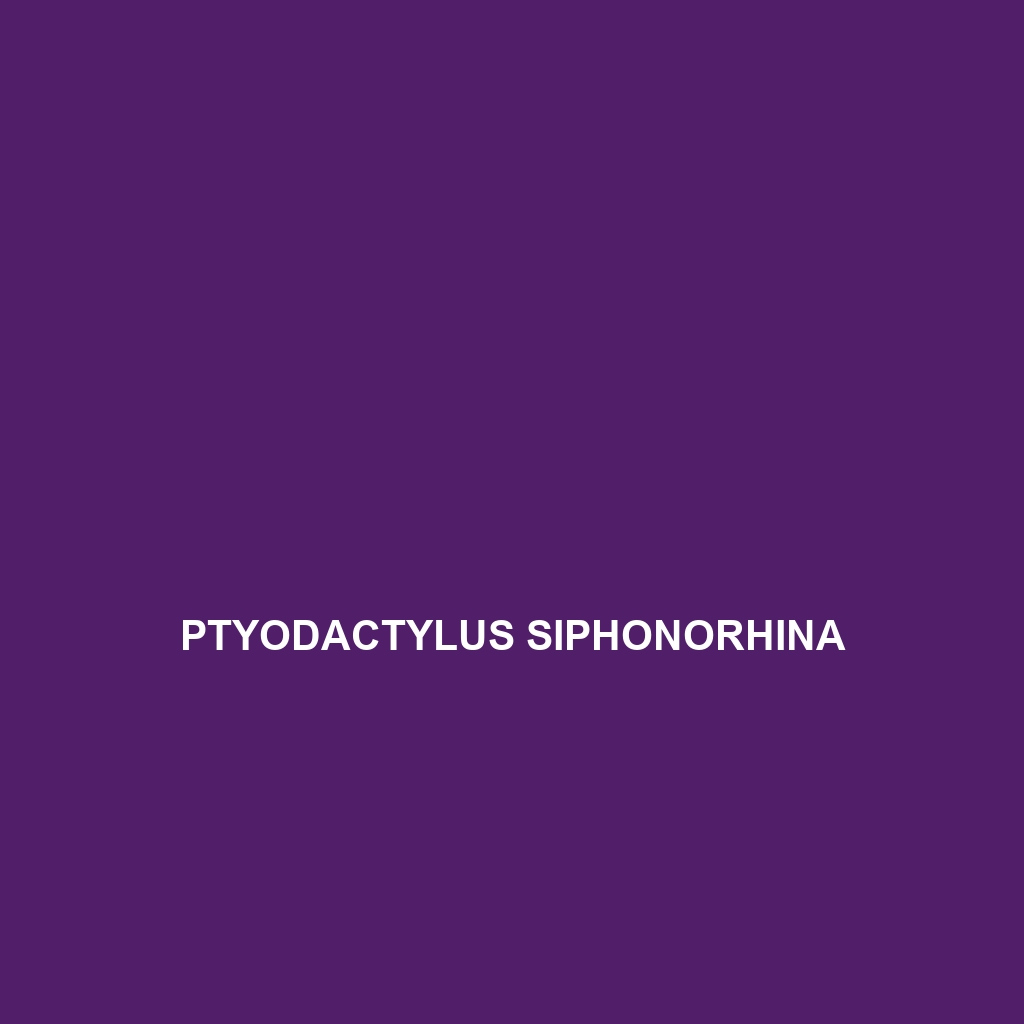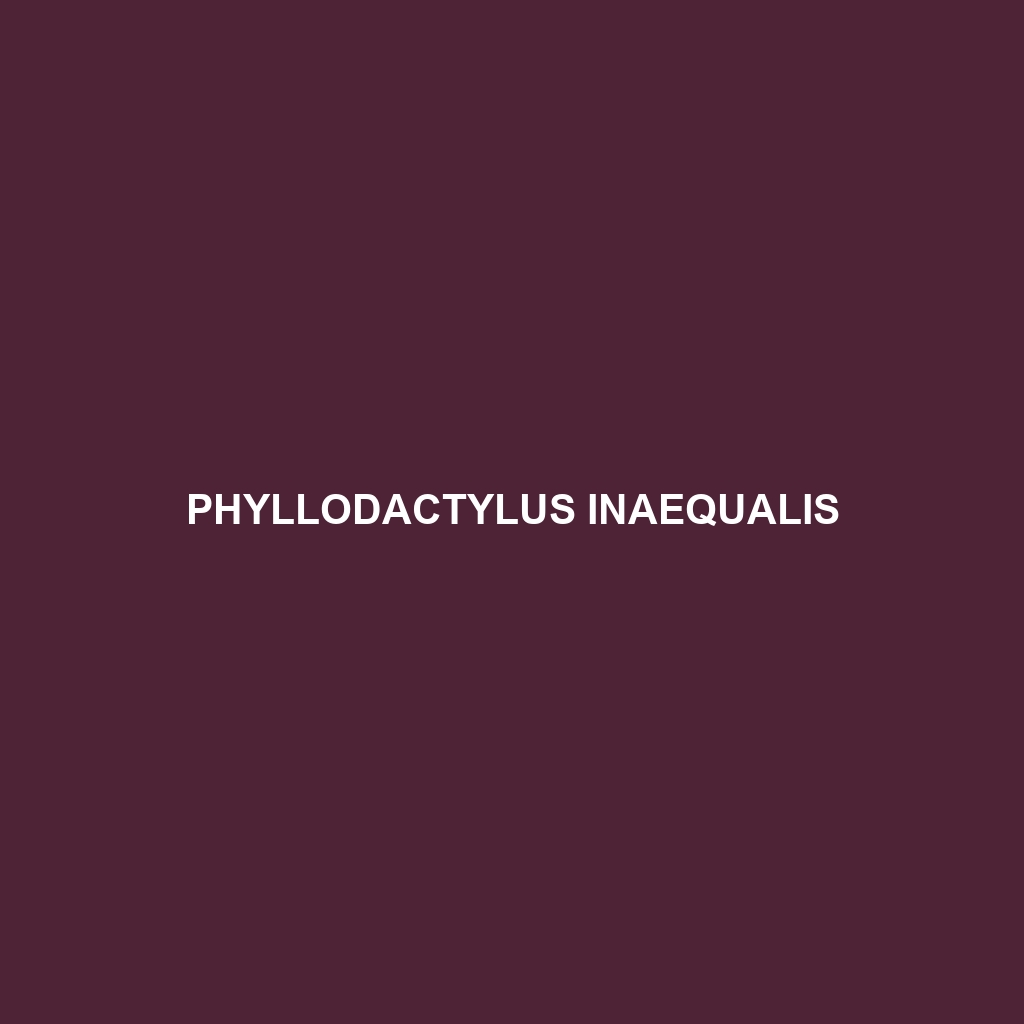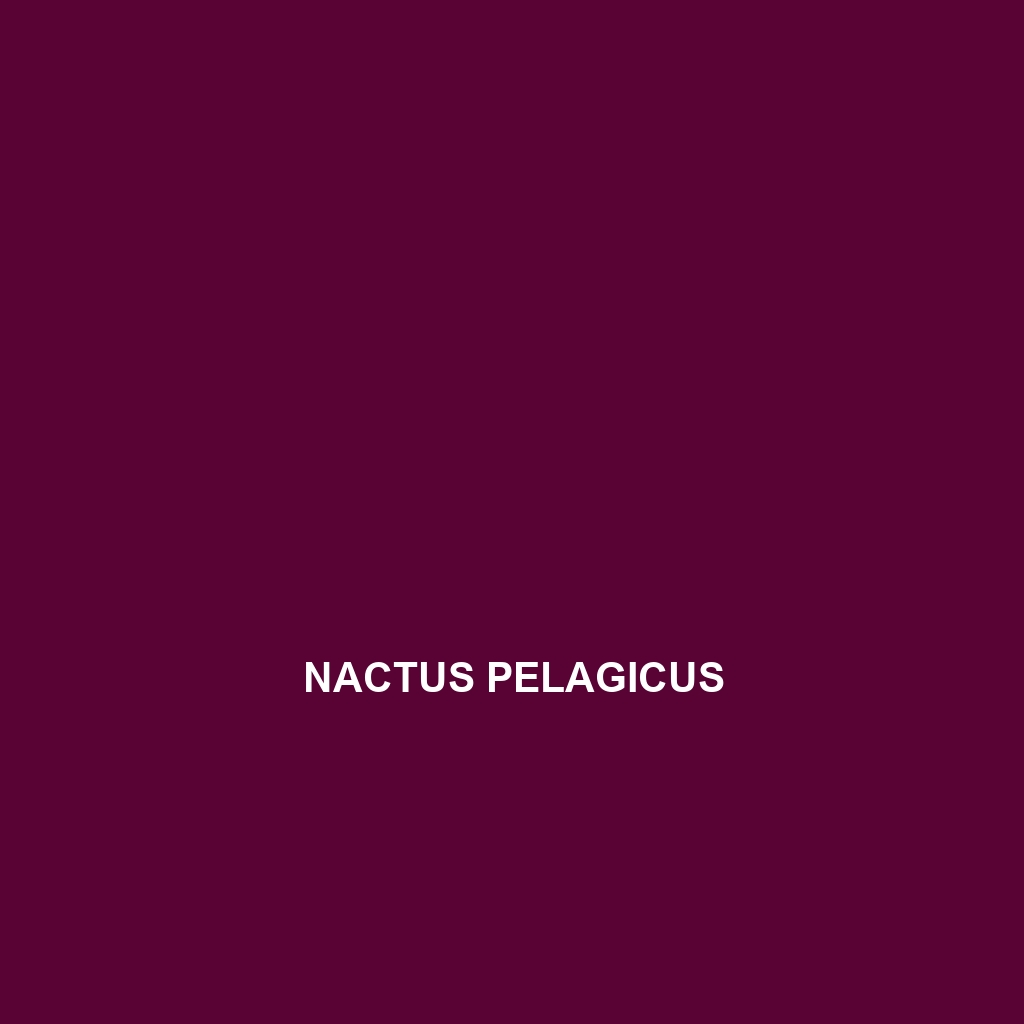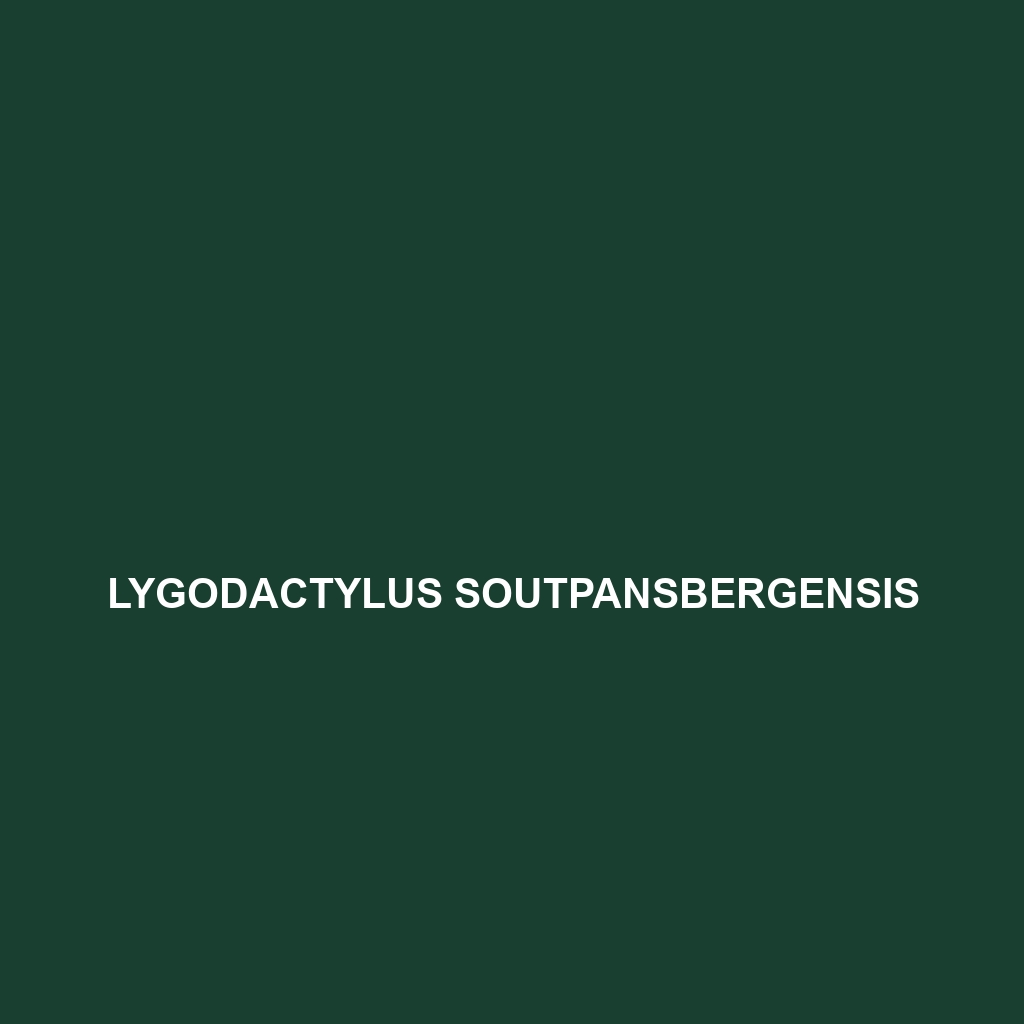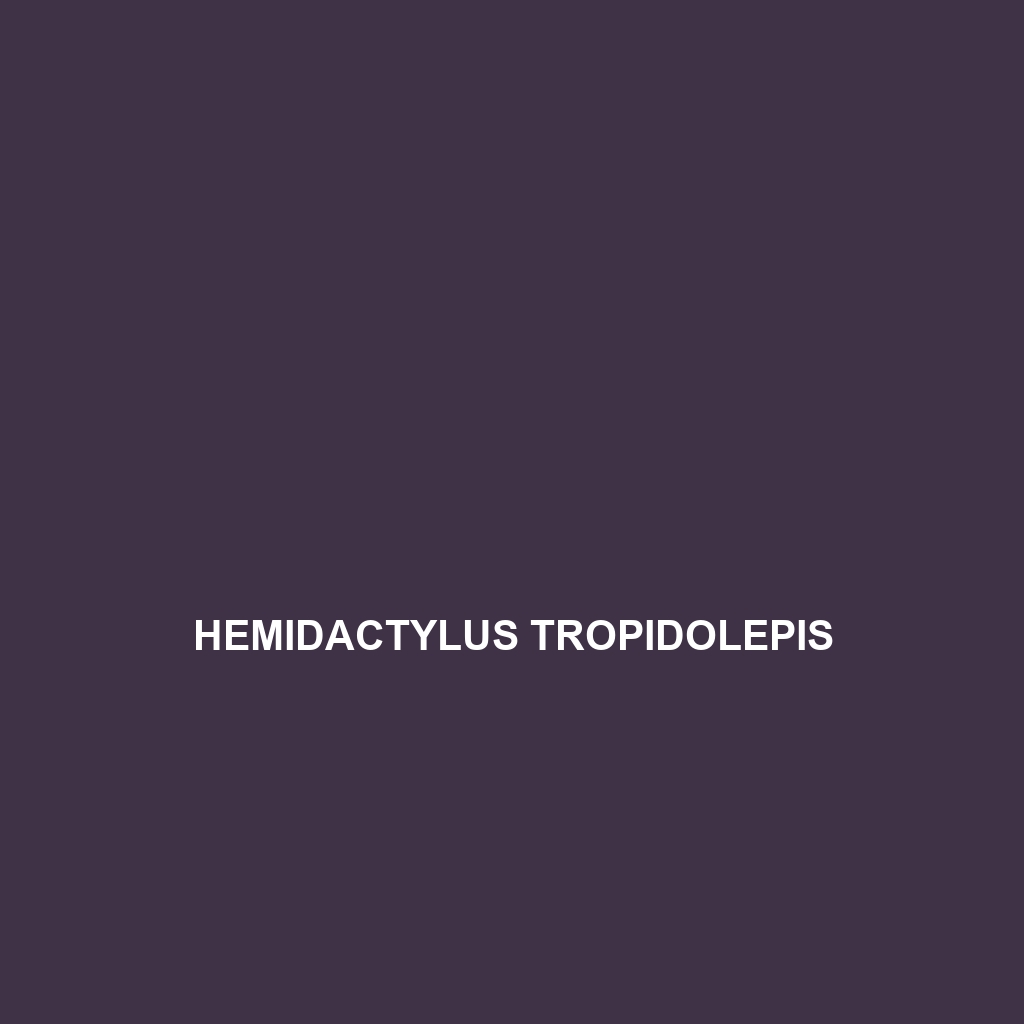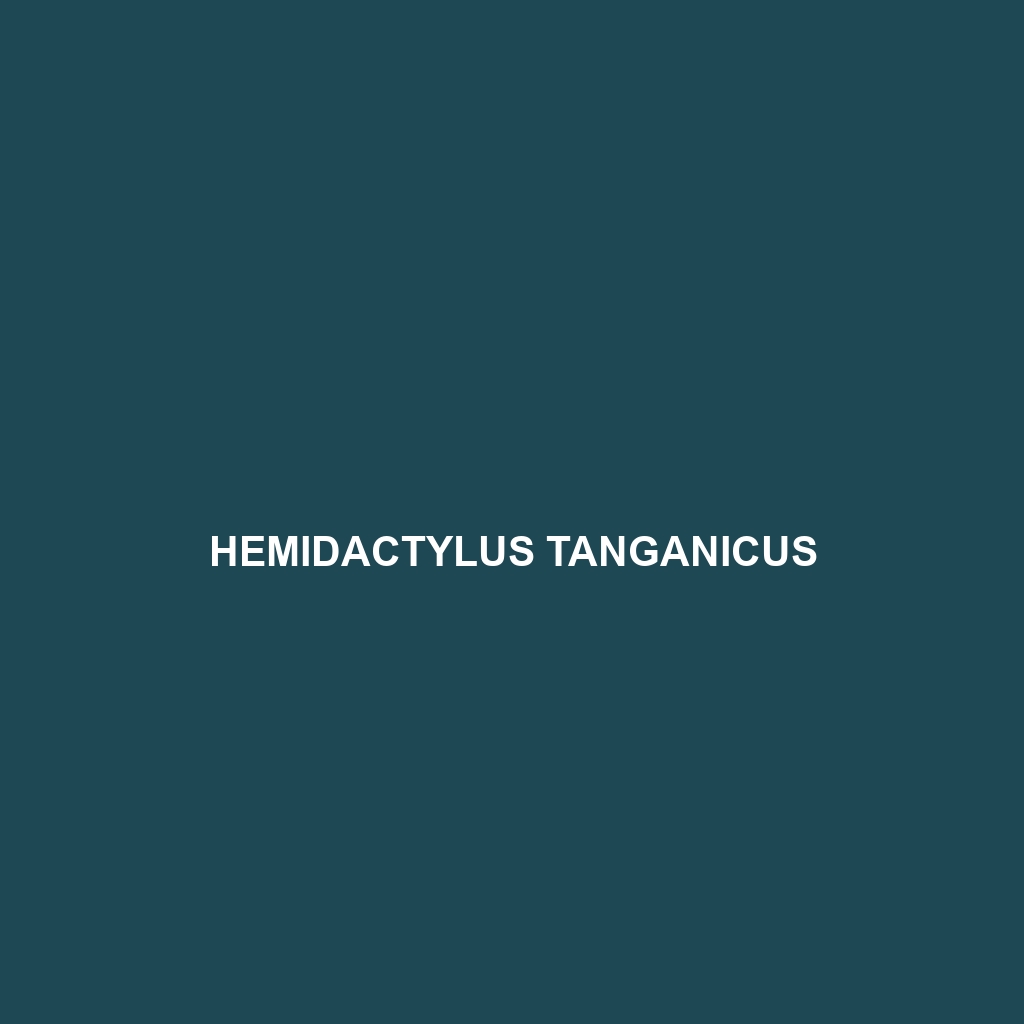<p><b>Ptyodactylus siphonorhina</b>, or the Persian Leaf-toed Gecko, is a resilient insectivore native to dry, rocky environments in the Middle East, known for its slender body, broad leaf-shaped toes, and remarkable camouflage. This nocturnal species plays a vital role in controlling insect populations and is classified as Least Concern by the IUCN, although habitat preservation is essential for its continued survival.</p>
Tag: ecological importance of geckos
Ptyodactylus siphonorhina
<p><b>Ptyodactylus siphonorhina</b>, or the Persian Leaf-toed Gecko, is a resilient insectivore native to dry, rocky environments in the Middle East, known for its slender body, broad leaf-shaped toes, and remarkable camouflage. This nocturnal species plays a vital role in controlling insect populations and is classified as Least Concern by the IUCN, although habitat preservation is essential for its continued survival.</p>
Phyllodactylus inaequalis
<strong>Phyllodactylus inaequalis</strong> is a striking gecko native to Central and South America's tropical rainforests and coastal savannas, known for its elongated body, distinctive coloration, and nocturnal hunting behavior. This species plays a crucial role in its ecosystem by controlling insect populations and serves as both a predator and prey within its diverse habitat.
Paroedura neglecta
Discover the captivating Madagascar Ground Gecko (<i>Paroedura neglecta</i>), a nocturnal insectivore native to the humid rainforests of Madagascar, known for its vibrant coloration, excellent climbing ability, and role in maintaining ecological balance. With a size range of 10-15 centimeters, this resilient species thrives in diverse habitats, showcasing its fascinating adaptability and social behaviors during mating seasons.
Nactus pelagicus
Discover the Nactus pelagicus, or Pacific Island Gekko, a vibrant and agile gecko native to lush Pacific Island habitats. Known for its striking coloration and ability to regenerate its tail, this omnivorous species plays a crucial role in controlling insect populations and pollinating plants.
Lygodactylus soutpansbergensis
<b>Lygodactylus soutpansbergensis</b>, commonly known as the Soutpansberg Dwarf Gecko, is a small, agile gecko measuring 5 to 7 cm, found in the Soutpansberg mountains of South Africa. It thrives in various habitats, showcasing distinctive coloration and behavior, including its insectivorous diet and fascinating social interactions.
Lepidodactylus laticinctus
Discover the Pacific slender-toed gecko (Lepidodactylus laticinctus), a nocturnal reptile known for its slender body, adhesive toe pads, and remarkable climbing abilities. Thriving in tropical rainforests and savannas, this gecko plays a vital role in pest control while exhibiting fascinating behaviors and adaptations for survival.
Hemidactylus tropidolepis
Discover the tropical house gecko (Hemidactylus tropidolepis), a slender, nocturnal insectivore thriving in Southeast Asia's rainforests, savannas, and urban areas. Known for its adhesive toes and distinctive calls, this gecko plays a crucial role in regulating pest populations while showcasing remarkable adaptability and fascinating reproductive behaviors.
Hemidactylus tanganicus
<p>Discover the <b>Hemidactylus tanganicus</b>, or Tanganika gecko, a nocturnal, insectivorous species thriving in East Africa's humid regions. With its distinctive patterns, adhesive toe pads for climbing, and vital role in pest control, this gecko is an essential component of its ecosystem.</p>
Hemidactylus robustus
Discover the Robust House Gecko (Hemidactylus robustus), a resilient species thriving in tropical and subtropical regions, known for its robust body, distinctive gray or brown coloration, and remarkable ability to regenerate lost toes. This nocturnal insectivore plays a crucial role in maintaining ecological balance by controlling insect populations and adapting effectively to various environments.
